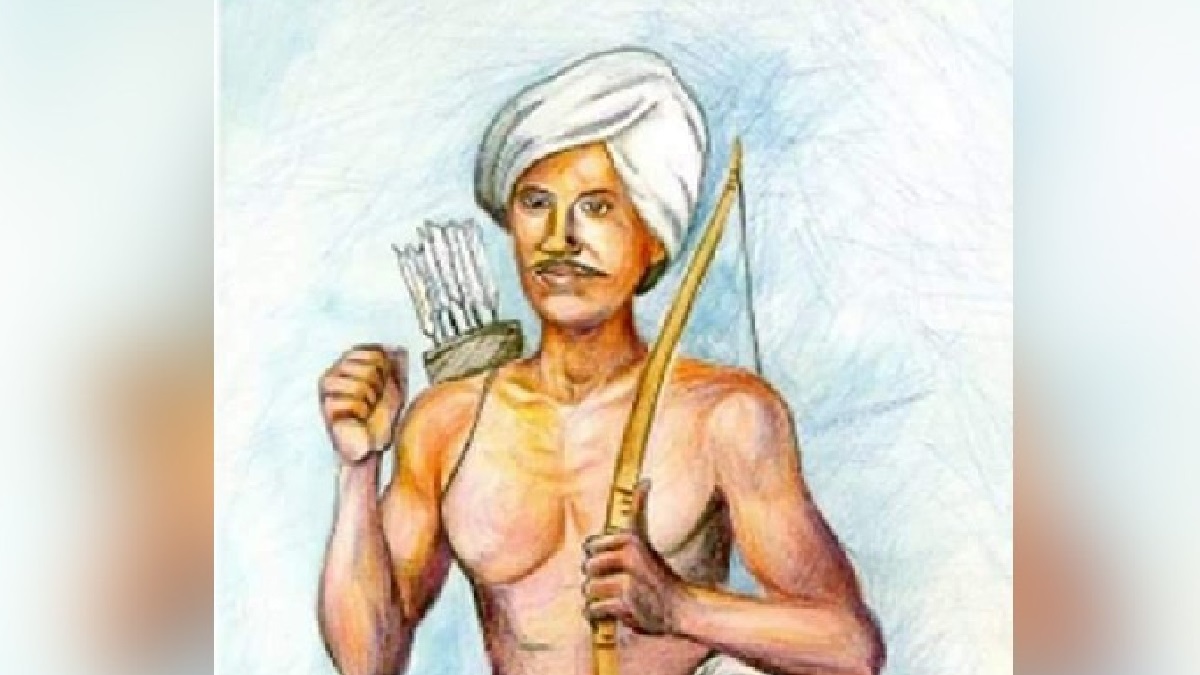Tribal Uprising In Freedom Struggle: Revolts in India
Here we are going to talk about Tribal Revolts in India during its Freedom struggle as the public is searching about it over the internet. The public is going through the internet to know more about it. So, we have brought information about this struggle that has been faced by the Indians. Not only that we are also going to give the reasons behind these revolts. So, keep reading through the article to know more about it.

Tribal Uprising In Freedom Struggle
This was demonstrated by tribal freedom warriors who fought for their rights as diverse tribal communities in India rose up in protest against the brutal and destructive British incursions into their way of life and territory. Prior to the coming of the colonial powers, the tribal people had been living quietly and in harmony with nature for hundreds of years in their own forests. When the British arrived, they brought with them many changes to their way of life as well as strangers into their domain. As a result, they were demoted from being landowners to being slaves and debts. Essentially, the revolutions were a defence of their independence and a reaction to this unwanted encroachment.
Tribal societies have always been quite a traditionalist in character and wished to preserve aspects of their culture. Revolutionary ideologies served as the driving force behind tribal uprisings, rebellions, and movements throughout India. Diverse tribal people from different parts of India led a revolt against the exploitative and discriminatory policies of the British Indian Government during the time of British rule after interference in their way of life. Agriculture, hunting, fishing, and the usage of forest products were the tribes’ main sources of income. The practice of settled agriculture was introduced with the inflow of non-tribals into the traditional tribal lands. The tribal population lost land as a result. The indigenous people were reduced to being agrarian labourers without access to land.
Utilising forest products, practising shifting agriculture, and engaging in hunting were all prohibited. The tribal people lost their means of subsistence as a result. The British brought strangers into the tribal territories, such as moneylenders, which severely exploited the native tribes. Under the new economic structure, they were reduced to bonded work. The concept of private property supplanted the joint ownership of land practised by tribal communities. In order to manage the abundant riches of Indian woods, the government established a Forest Department in 1864. Stay tuned with us to know the latest news.






